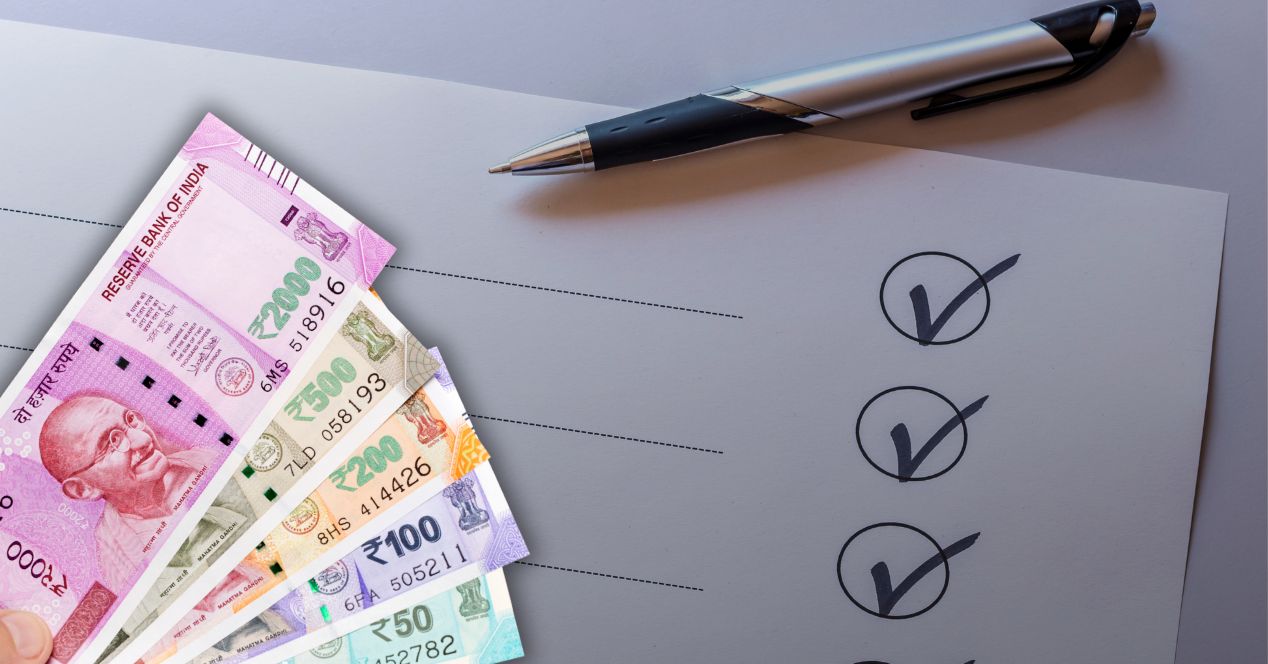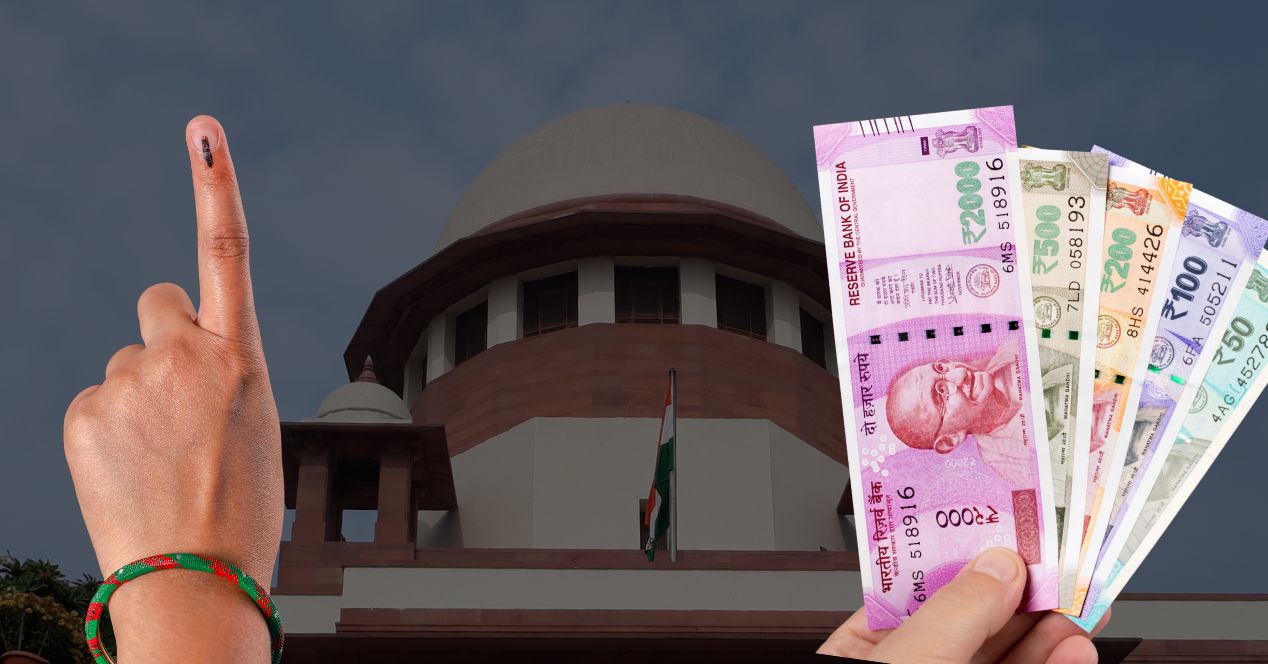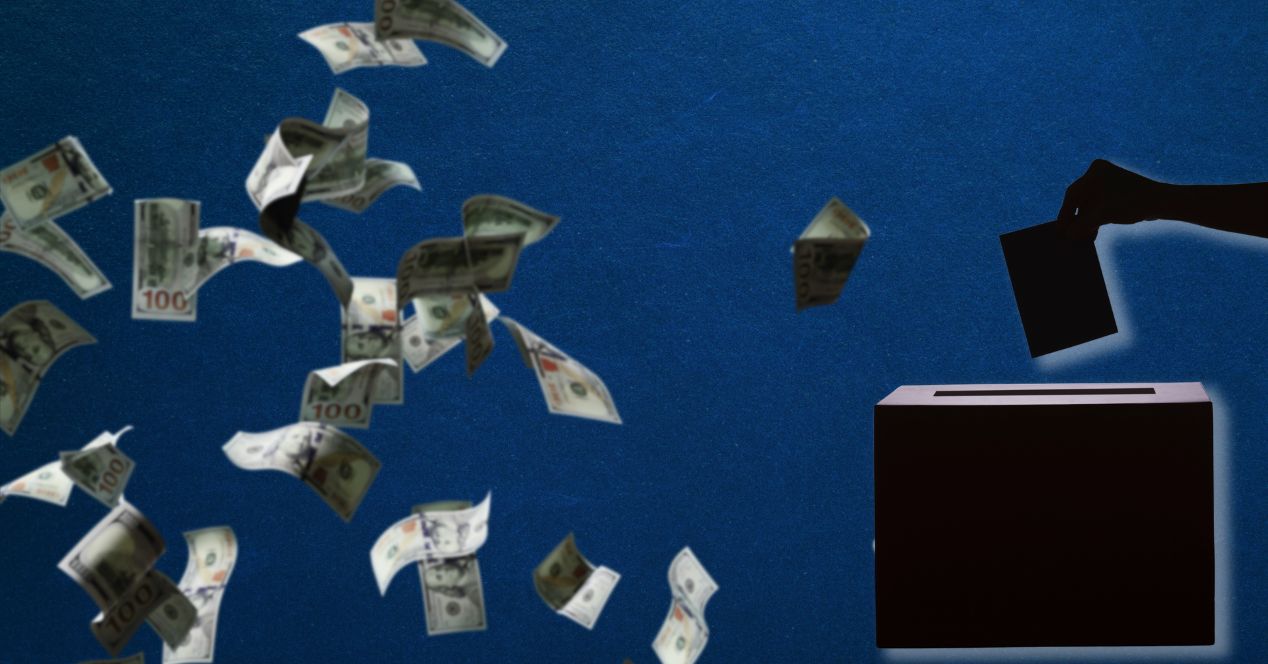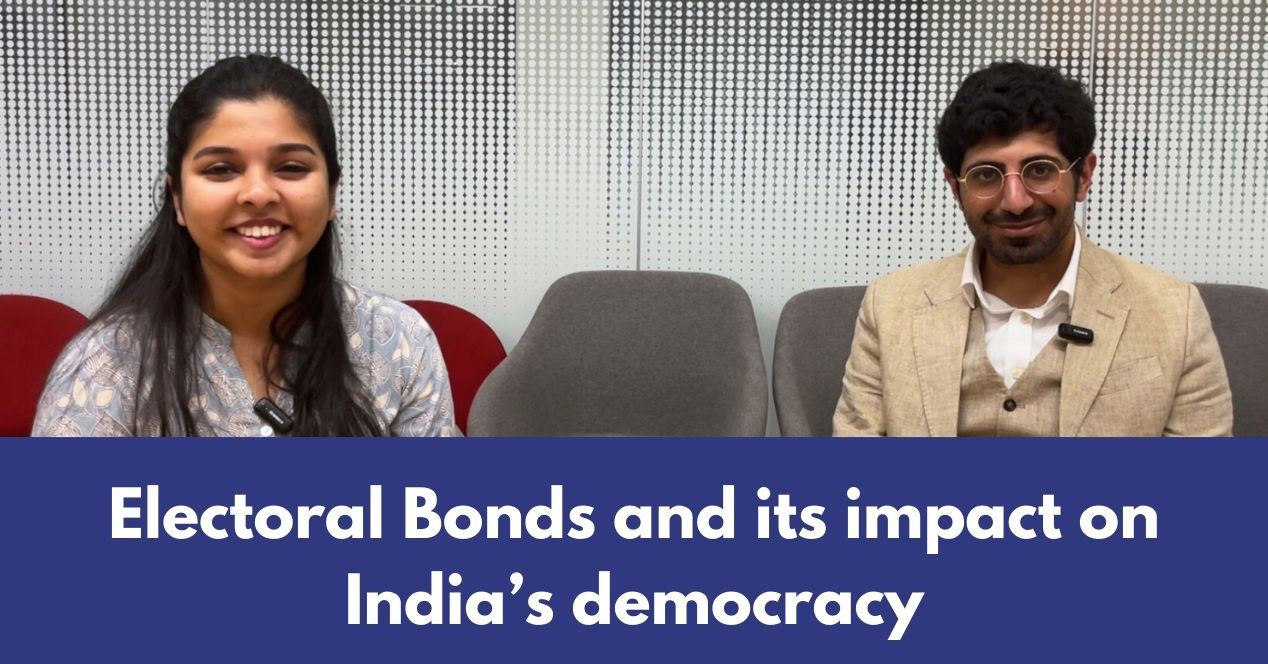Analysis
RTI, privacy, proportionality, empirical evidence…and AI transcripts—key themes from the Electoral Bonds judgement
We highlight four aspects that stood out to us in the Court’s ruling on the unconstitutionality of the Electoral Bonds Scheme
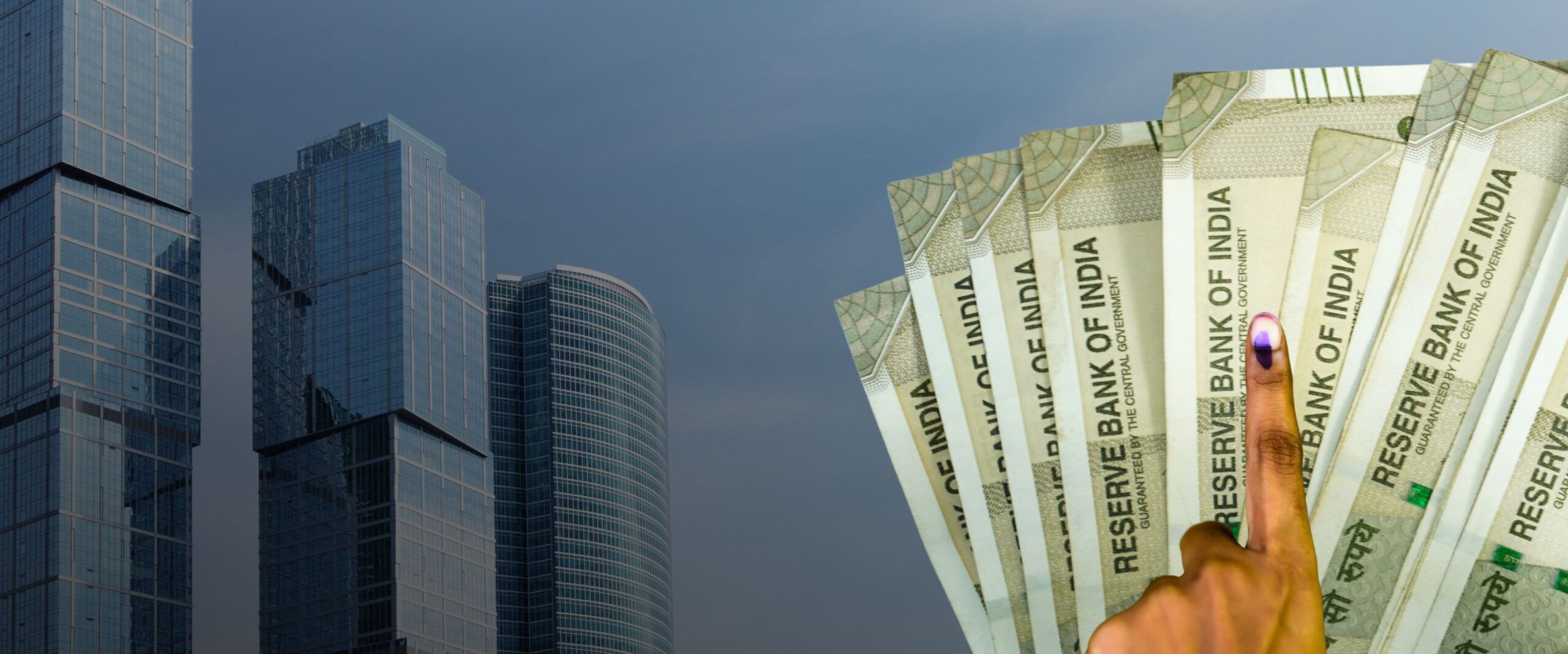
On 15 February 2024, the Supreme Court held that the Electoral Bond Scheme is unconstitutional. The scheme was introduced in 2017 by former Finance Minister Arun Jaitley, who said that its objective was to “evolve a transparent method of funding political parties.” The driving force behind the Scheme was to cleanse the election funding ecosystem of black money.
But that reasoning didn’t curry favour with the five-judge Bench led by Chief Justice D.Y. Chandrachud, which found that the Scheme violated a voter’s right to information. In his concurring opinion, Justice Sanjiv Khanna wrote that the Scheme provided a “cloak of secrecy” to curtail the voter’s right to know.
Here, we offer a quick run-down of four talking points from the judgement pronouncement last week:
Right to information extends to political parties
In Association for Democratic Reforms (ADR), (2002), the Supreme Court had held that voters have the right to know about the antecedents of election candidates. The Court had directed the Election Commission of India to call for information pertaining to their past, including any criminal charges and convictions, their assets, and liabilities.
In the wake of this judgement, Parliament had pushed through an amendment to the Representation of Peoples Act, which stated that candidates “need not disclose any other information” except as mandated by law. The amendment was challenged in PUCL v Union of India (2003), where the Court held that the fundamental right to information can be expanded to deal with “future exigencies.”
In the Electoral Bonds judgement, CJI Chandrachud was unequivocal in stating that it was necessary to disclose the information which is “essential” for the voter to make a choice. As per ADR and PUCL, the Bench held that the right to information also extends to political parties.
In support of its conclusion, the Bench noted that political parties are central to the electoral system in India—citizens often cast their vote by recognising the party symbol rather than the candidate, and the ideology of a party is a relevant point of consideration.
Double proportionality test deployed for balancing conflicting fundamental rights
The Bench found the existing proportionality test to be “insufficient,” finding it necessary to propose a new test to determine whether two fundamental rights are in balance. The test of proportionality has four prongs: determining whether a measure has a legitimate goal, whether the measure is suitable for the goal, whether the measure is least restrictive but also equally effective, whether the measure has a disproportionate impact on the right holder.
The double proportionality test applies these prongs not just to a restriction, but also to conflicting rights. In this present matter, there was a need to balance the voter’s right to information (under Article 19) with the donor’s right to privacy (Article 21).
The Court applied the test to conclude that the measure was not suitable for the goal and was also more restrictive than necessary, because (a) protecting the donor’s privacy led to a situation where the voter could “never” know about the source of the funding; and (b) less restrictive mechanisms such as electoral trusts and electronic transfers existed to protect donor privacy.
Justice Sanjiv Khanna relies on empirical evidence to test proportionality
Justice Khanna, in his concurring opinion, stated that empirical evidence provided a strong foundation to check whether the scheme had achieved its goal . Based on an assessment of data i.e. the number of bonds sold, the distribution of the funds between various national parties and the total donations coming solely from corporations, he wrote that the electoral bond scheme does not meet the fourth prong of the original proportionality test. In his view, the data showed that the impact of the Scheme on voters was disproportionate—the possibility of a quid pro quo arrangement was high due to the quantum of corporate funding.
Relying on audit reports of political parties from 2017 to 2023, Justice Khanna stated that it was “quite clear” that the “majority of contribution through Bonds has gone to political parties which are ruling parties in the Centre and the States.” According to the audit reports, the Bharatiya Janata Party had the highest donation of a total of around Rs. 6,566 crores—nearly 57 percent of the total donation for those years. The Congress party was a distant second, having raised around Rs 1,123 crore—nearly 9.5% of the total donation. This amounted to 17 percent of donations received by the BJP.
Justice Khanna also annexed a chart submitted by the Association for Democratic Reforms, the petitioner, which contained data on donations received from corporate houses. Of the approximately Rs 3895 crores worth of bonds donated by companies, almost 85 percent went to the BJP. He then relied on data which “shows that more than 50% of the Bonds in number, and 94% of the Bonds in value terms were for Rs.1 crore.”
Justice Khanna also went on to say that the argument of “retribution, victimisation or retaliation” against donors not donating to a political party also did not justify retaining the Scheme, since a greater portion of the bonds seemed to be issued in favour of parties that were in power in the Union and several states.
AI-generated arguments transcript excerpted
A year ago, the Supreme Court launched an Artificial Intelligence-based transcription project to make detailed notes of every Constitution Bench hearing. So far, we’ve regularly seen transcription reports on the Supreme Court website within days of a hearing being concluded.
In the Electoral Bonds judgement, Justice Khanna reproduced a portion of the transcripts in his judgement to explain a claim made by the Union government. He highlighted a part where the Union government claimed that the scheme reduces the flow of black money, prevents victimisation and retaliation on the donor, and protects anonymity. Justice Khanna held that these are not valid justifications to restrict the right to information of the donor.

